The NBA’s Most Improved Player award has an impressive list of winners since it was created ahead of the 1985/86 season. That’s been particularly true since ’12/13, with Paul George, Goran Dragic, Jimmy Butler, CJ McCollum, Giannis Antetokounmpo, Victor Oladipo, Pascal Siakam, Brandon Ingram, Julius Randle, Ja Morant and most recently Lauri Markkanen honored over that span.
Over the past couple decades, the award has favored rising young players — 17 of the past 23 winners had played fewer than five seasons. However, two of the past three winners — Randle and Markkanen — broke that mold, as Randle won following his seventh season, while Markkanen just completed his sixth.
Attempting to predict the future is often a fool’s errand, obviously, but I’ve always enjoyed the MIP award because it’s fun to see players exceed what people may have thought they were capable of, and unexpected breakout seasons are both entertaining and rewarding.
According to BetOnline.ag, the way-too-early list of favorites for the 2023/24 Most Improved Player award is as follows:
- Jordan Poole, Wizards (+700 odds)
- Mikal Bridges, Nets (+1000)
- Scottie Barnes, Raptors (+1000)
- Cade Cunningham, Pistons (+1600)
- Austin Reaves, Lakers (+1800)
- Shaedon Sharpe, Trail Blazers (+1800)
- Alperen Sengun, Rockets (+2000)
- Josh Giddey, Thunder (+2000)
- Paolo Banchero, Magic (+2000)
- Jabari Smith, Rockets (+2200)
Cavaliers big man Evan Mobley (+2500) and Thunder wing Jalen Williams (+2800) just missed out on the top 10.
Poole might seem like an odd choice to be the early favorite given his playoff struggles to end last season, but it makes some sense. There’s a good chance he’ll put up big offensive numbers for the Wizards after they traded Bradley Beal and Kristaps Porzingis, their two leading scorers in ’22/23; he often did the same when Stephen Curry was injured.
I wonder if the mini-breakout Bridges had with Brooklyn after the team acquired him at the February deadline might work against him to an extent for MIP in ’23/24. It’ll be hard to top his averages with the Nets from last season — 26.1 PPG, 4.5 RPG, 2.7 APG, 1.0 SPG on .475/.376/.894 shooting in 27 games (34.2 MPG).
Barnes — the ’21/22 Rookie of the Year — would likely benefit individually if Toronto decides to trade Pascal Siakam, as their skill sets have a good deal of overlap. Sharpe will almost certainly have a bigger role next season if Portland eventually trades Damian Lillard as well.
Cunningham’s strong performance with the U.S. Select Team is worth noting after the former No. 1 overall pick missed the majority of last season with a shin injury. I’m not going to go over all the early betting favorites, but I do think it’s a solid list given we’re still two-plus months from the season starting and there are so many unknown variables in play.
That brings us to our question of the day: Who is your early pick for the 2023/24 Most Improved Player award? Head to the comments and let us know what you think.
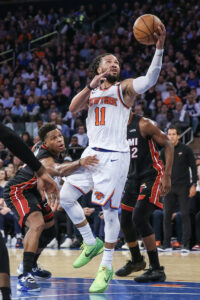

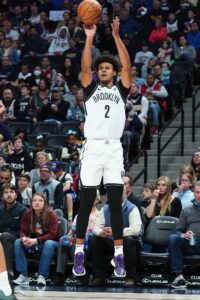
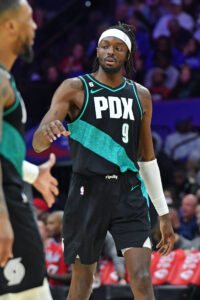
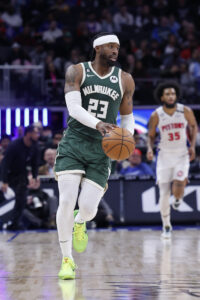
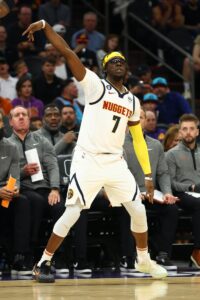
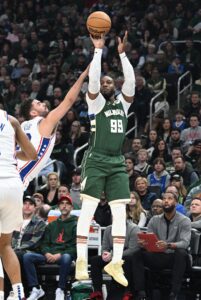
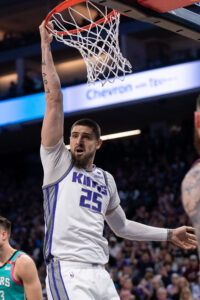
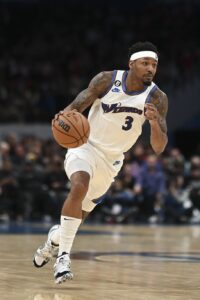 To be eligible to negotiate a no-trade clause, a player must have at least eight years of NBA experience and has to have spent at least four years (not necessarily the most recent four years) with his current team. He also must be signing a free agent contract, rather than an extension.
To be eligible to negotiate a no-trade clause, a player must have at least eight years of NBA experience and has to have spent at least four years (not necessarily the most recent four years) with his current team. He also must be signing a free agent contract, rather than an extension.